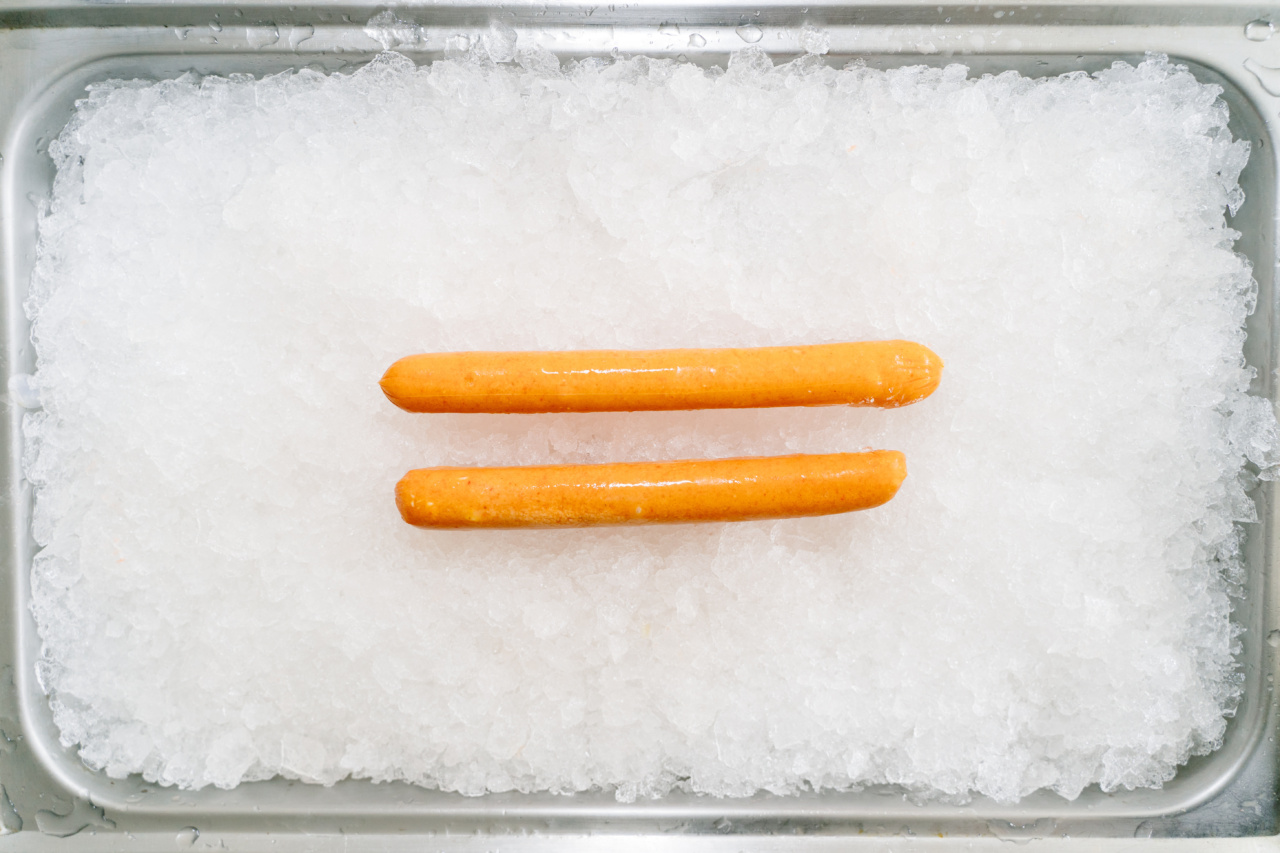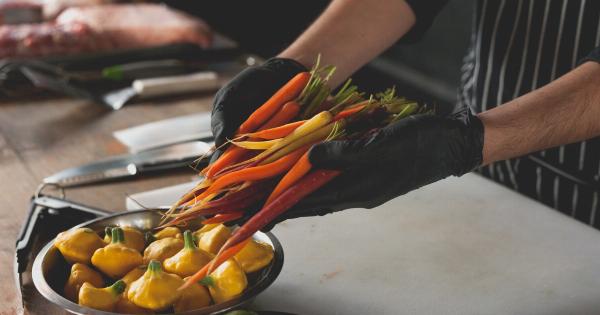Freezing food is a common practice to extend its shelf life and preserve its quality. Many people wonder if it is safe to freeze meat twice, especially when they accidentally thawed it and need to refreeze.
In this article, we will explore the topic of freezing meat twice and answer some frequently asked questions about the process.
1. Why Do People Freeze Meat?
Freezing meat is a popular preservation method for various reasons. It can help inhibit the growth of bacteria, yeast, and mold that can cause food spoilage.
Freezing also slows down enzymatic reactions and microbial activity that can degrade the quality of the meat.
Freezing can also be a convenient way to store excess meat or take advantage of sales and discounts. It allows you to buy meat in bulk and portion it out for future use, helping you save time and money.
2. Is It Safe to Refreeze Thawed Meat?
Refreezing thawed meat is generally safe as long as the meat was thawed properly and handled correctly during the thawing process. However, there are a few factors to consider:.
3. Quality and Texture
Each time meat is frozen, the quality and texture may deteriorate slightly. The water contained in the meat forms ice crystals during freezing, and these crystals can damage the cell structure.
This can result in a loss of moisture, making the meat drier and tougher.
While the quality may decline with each freeze-thaw cycle, it is often minimal and not noticeable in certain dishes such as stews or casseroles, where the meat is cooked for an extended period.
However, for dishes that require tender and juicy meat, such as steak or roast, the quality difference may be more apparent.
4. Bacterial Growth
One concern when refreezing thawed meat is bacterial growth. Bacteria can multiply rapidly when the meat is left at room temperature for an extended period, increasing the risk of foodborne illnesses.
To minimize the risk, it is important to thaw meat safely. The safest method is to thaw it in the refrigerator at a temperature below 40°F (4°C). This slow thawing process allows the meat to remain at a safe temperature while minimizing bacterial growth.
If the meat has been thawed using other methods, such as cold water or a microwave, it should be cooked immediately and not refrozen.
5. Proper Handling and Storage
When refreezing thawed meat, proper handling and storage are crucial to maintain its quality and safety. Here are some guidelines to follow:.
– Always thaw meat in the refrigerator if time allows.
– If thawed using cold water or a microwave, cook it immediately.
– Divide the meat into smaller portions before freezing to make future thawing easier.
– Wrap the meat tightly in freezer-safe packaging to prevent freezer burn.
– Label the packages with the date to keep track of the freezing and thawing cycles.
– Store the meat at 0°F (-18°C) or below to maintain its quality and safety.
6. Can You Safely Refreeze Meat?
If you have thawed meat and need to refreeze it, you can do so safely if it was thawed properly and handled correctly during the thawing process. However, keep in mind that the quality may decline each time the meat goes through the freeze-thaw cycle.
If the meat had been left at room temperature for more than 2 hours or if you are unsure about the safety of the thawed meat, it is best to err on the side of caution and discard it to avoid the risk of foodborne illnesses.
7. How to Minimize the Need for Refreezing
To minimize the need for refreezing meat, it is essential to plan ahead and properly portion your meat before freezing. Here are some tips:.
– If buying meat in bulk, divide it into smaller portions suitable for your needs.
– Consider using freezer-safe containers or bags that allow you to take out only the amount of meat you need.
– Keep an inventory of the meat in your freezer to ensure proper rotation and avoid unnecessary refreezing.
– Plan your meals ahead to reduce the chances of thawing more meat than necessary.
8. Freezing Meat Safely
To ensure the safety and quality of frozen meat, it is important to follow these guidelines:.
– Freeze meat as soon as possible after purchasing or preparing.
– Wrap the meat tightly in plastic wrap or place it in freezer bags, removing as much air as possible.
– Consider using vacuum-sealed bags or airtight containers to prevent freezer burn.
– Label the packages with the name of the meat and the date of freezing.
– Store the meat at 0°F (-18°C) or below to maintain its quality and prevent bacterial growth.
9. Other Considerations
While meat can be safely refrozen, it is important to note that some foods do not freeze or thaw well. Delicate seafood, soft fruits, and certain dairy products may undergo undesirable texture or flavor changes when frozen and thawed.
It is also worth mentioning that freezing can affect the taste of meat. Some individuals may detect a slight change in flavor after freezing, while others may not notice any difference.
Factors such as the quality of the meat, the length of freezing, and personal preference can influence the taste perception.
10. In Conclusion
In summary, meat can be safely frozen and refrozen, as long as it was thawed properly and handled correctly during the thawing process. However, each freeze-thaw cycle may slightly affect the quality and texture of the meat.
To minimize the need for refreezing, proper planning, portioning, and storage are key.
By following the guidelines mentioned in this article, you can safely enjoy the convenience and benefits of freezing meat while maintaining its quality and safety.



























